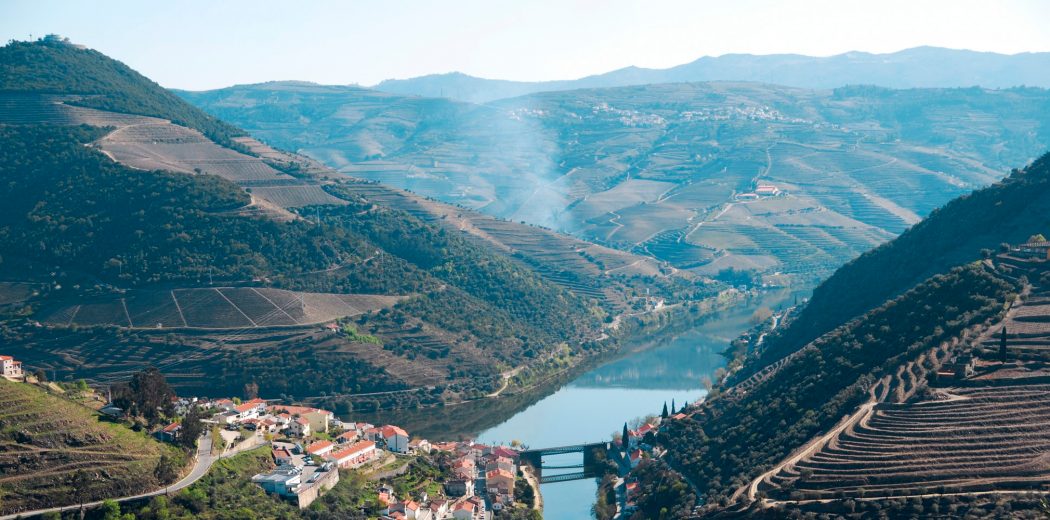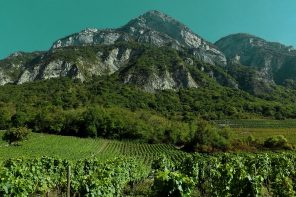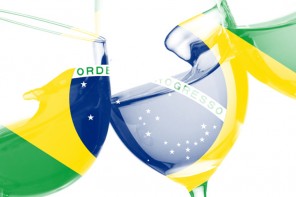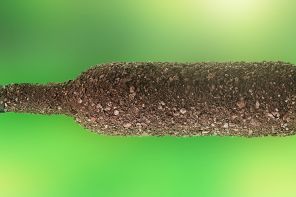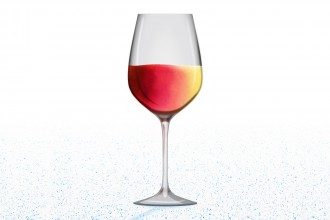Close your eyes and picture the most gorgeous vineyard scenery you can imagine; gnarly vines, plump grapes and rolling green hills as far as the eye can see – now stop right there. Rolling green hills. Why is it that every time we envision vineyard perfection, the canvas always includes a scenery of sharp inclines? Secret, it’s no coincidence. When it comes to great wine, the best of the best comes from grapes grown on steep hillsides.
So what is it about these intense inclines that make for such great grapes? Believe it or not, a lot of things. Here’s why…
First and foremost, elevation is key. As elevations begin to climb, temperatures begin to fluctuate. This is where the impact (and importance) of diurnal temperature swings come in. Basically, diurnal temperature swings represent the difference in daytime and nighttime temperatures of a given area. Generally, the larger the fluctuation, the better.
Warmer daytime temperatures allow grapes to ripen, raising sugar levels and allowing them to reach optimal maturity. However, descending temperatures at night preserve acidity within the grapes, ensuring that the future wine remains clean and crisp, rather than weighed down and flabby.
Which leads us to our second point: sunlight. Not only is the elevation of a vineyard’s slope important, but its aspect is just as significant, meaning the direction in which the hillside faces. For northern hemisphere vineyards, southern exposure (in other words, facing the equator) is ideal, and for southern hemisphere vineyards, vice-versa. The aspect of slopes determine the amount of sunlight the grapes receive, reverting back to our first point: more sunshine, more ripeness, which therefore leads to optimal sugar levels. As we all know, basic fermentation requires yeast and sugar to create CO2 and alcohol, making the amount of sugar within grapes an essential part of the winemaking process. When it comes to vineyard slopes, bring on the heat (during the day, that is).
Now let’s hone in on that recurring word – steep. The degree of inclination is critical when it comes to the natural drainage of vines. Depending on the type, certain soils can only handle a specific amount of water, making the removal of excess rainfall an essential part of maintaining a healthy vineyard. With steep slopes,
irrigation can occur naturally on its own, simply by allowing excess water to trickle down the hillside via gravity. In addition to water, air drainage is also an important factor when it comes to maintaining a healthy vineyard. With steep slopes, chilly air can move down hillsides faster, provided there are minimal trees, bushes, or other barriers in the way. Allowing chilly air to drain from a vineyard site is necessary, especially during springtime, so as to protect flowering vines against late-season frosts. Slopes and drainage, for both water and air, go hand in hand.
And on the topic of soil, slopes are where it’s at. Generally speaking, the soils on hillsides are usually lower in nutrients, which is actually advantageous for grape growing. If a vine receives an abundance of nutrients, it will essentially go into a vegetative state, meaning that it will stop producing fruit. In order for grape growing to continue, the vine must be forced to work a little harder, meaning it is actually helpful for winemakers to have roots in less fertile soils. When it comes to soils, the struggle is real.
Whether your favorite bottles of vino hail from the steep terraces of the Douro, the rolling hills of Montalcino, or the even cooler-climate inclines of the Mosel, there’s no doubt about it – each and every one are highly delicious.

